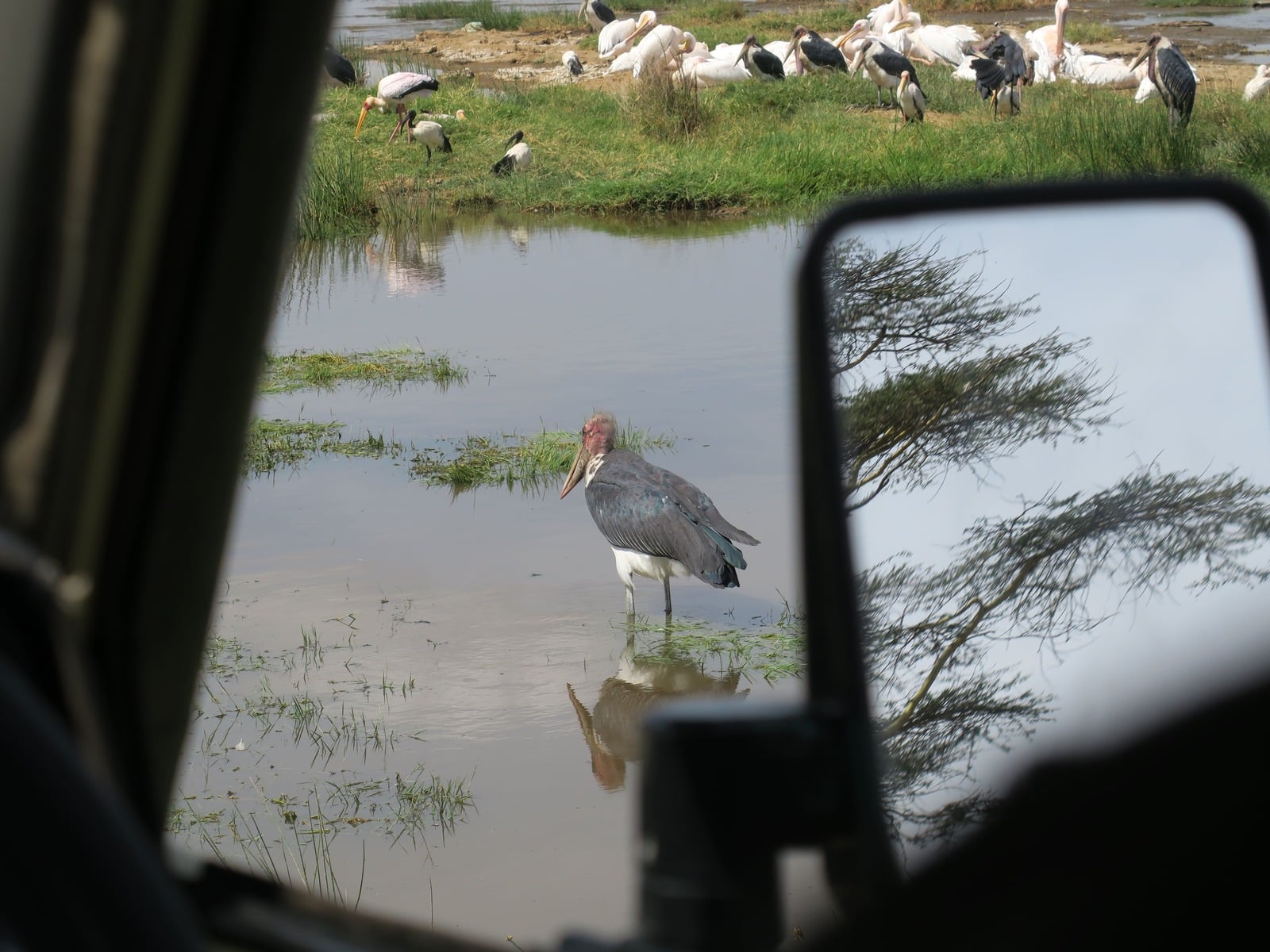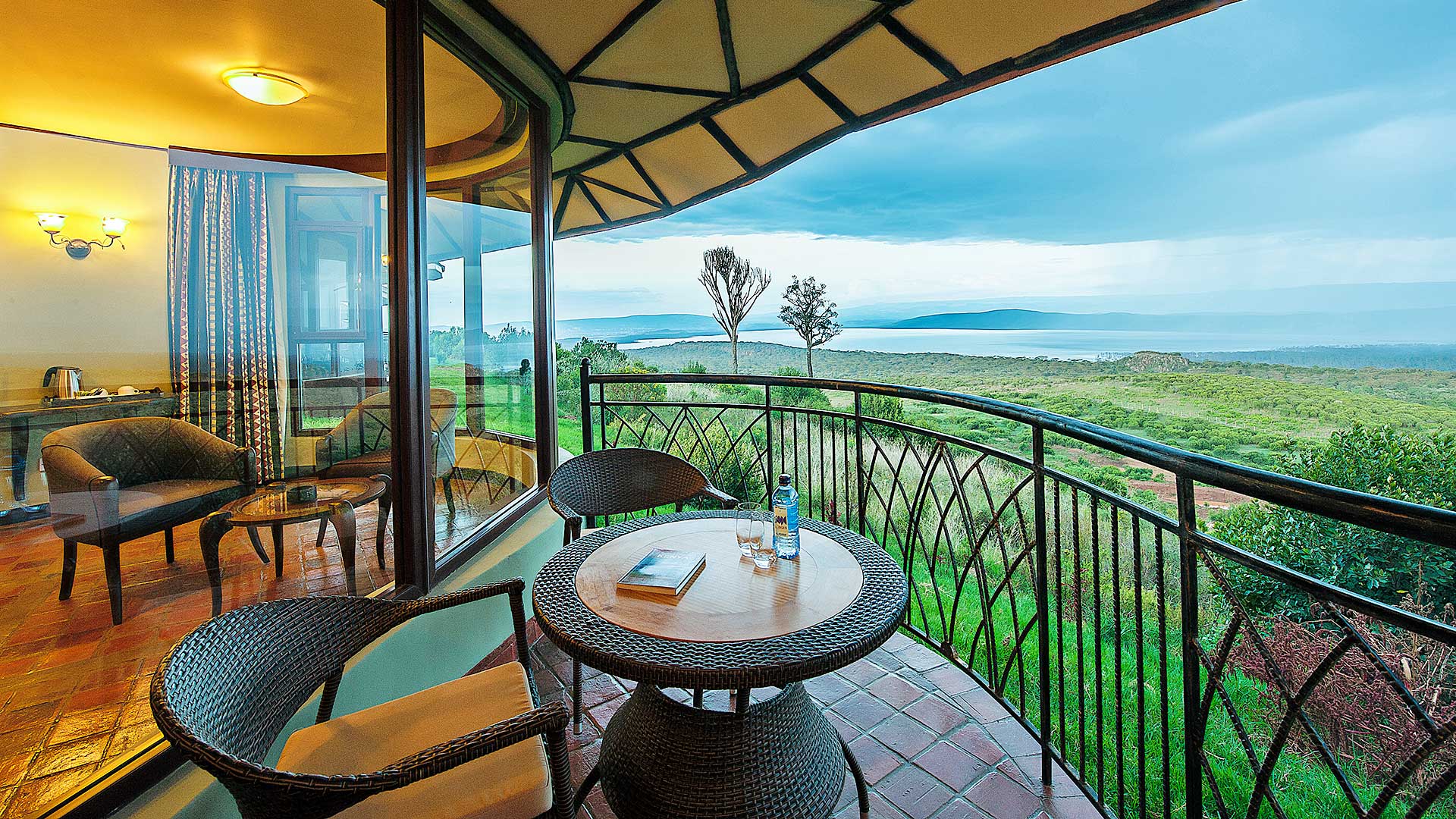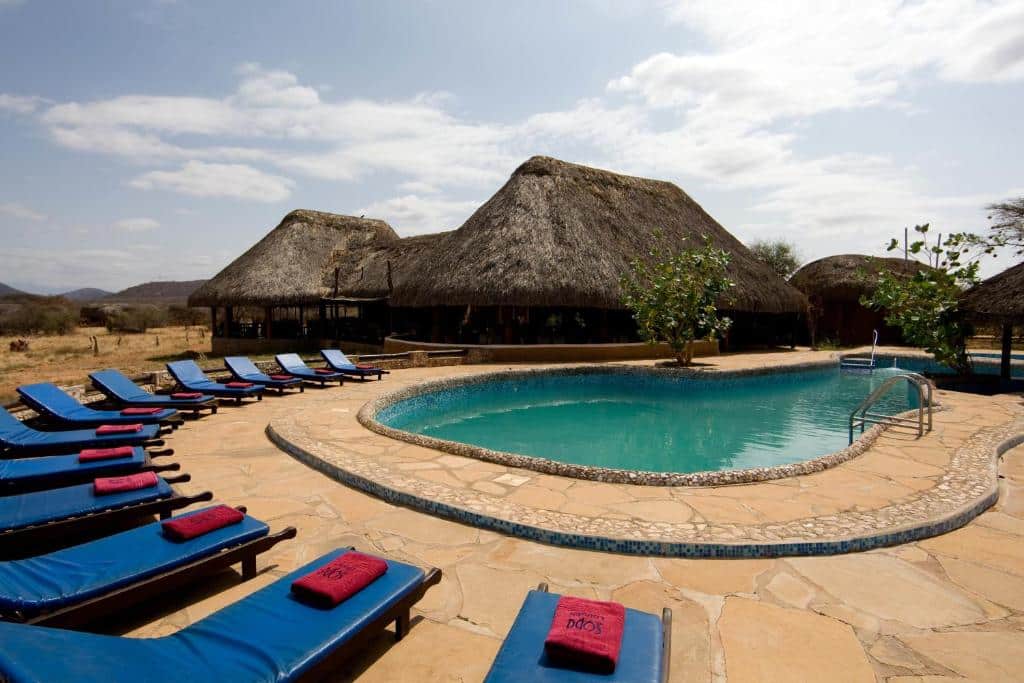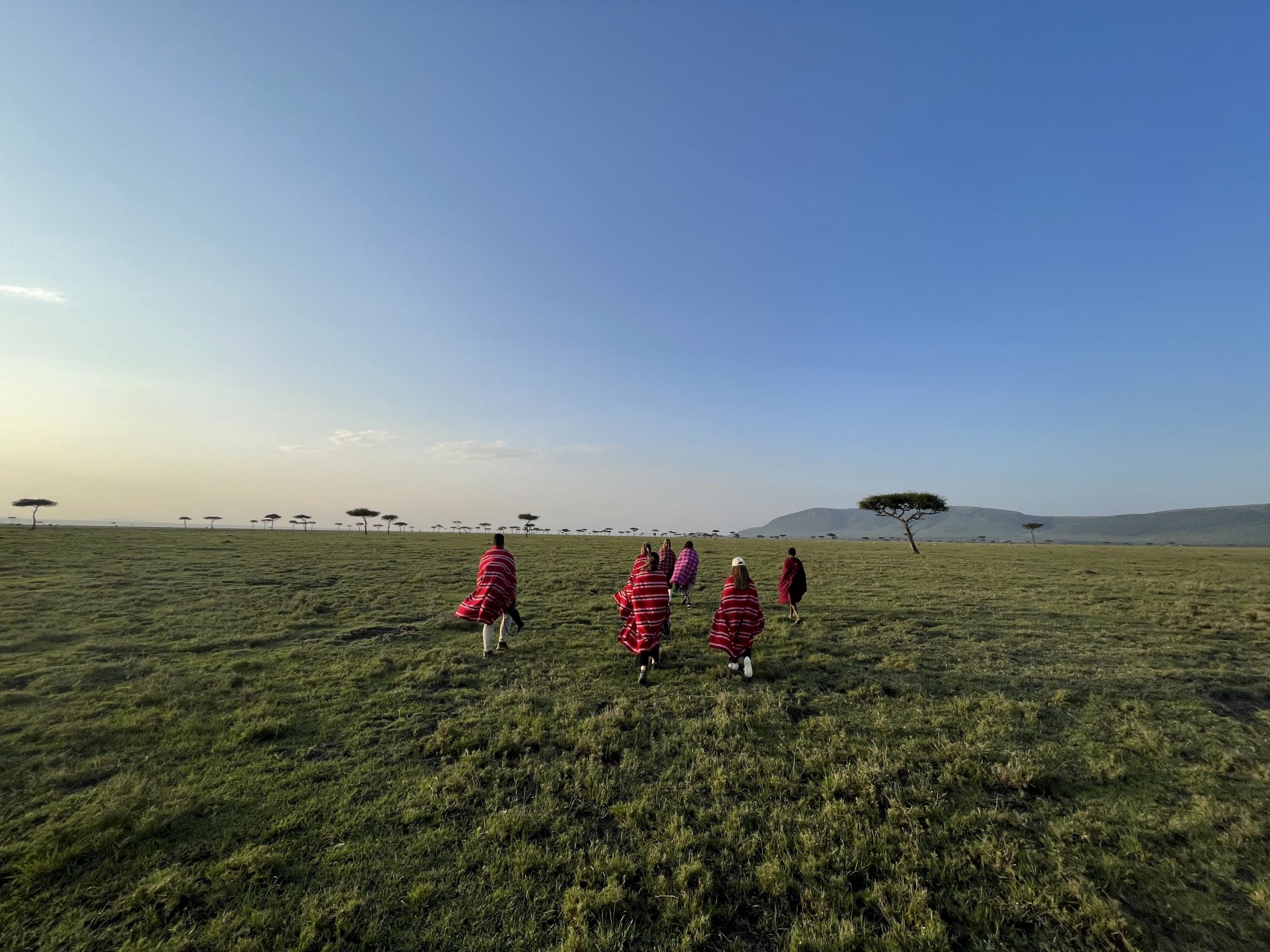7 Days Safari in Kenya – Maasai Mara, Samburu and Lake Nakuru
- Adult
7-day safari in Kenya with positive impact on the territory
In this 7-day safari in Kenya we will mix the adventure of a safari with responsible tourism and positive impact with local cultures, mainly the Maasai. Next to our base lodge, in the middle of the Maasai Mara, we will be able to see the positive impact of traveling in a regenerative way, since with our stay we finance education programs, female empowerment and other social projects. We are also in an area where only 15 cars a day can enter, so the animals in the wild can be seen with much more respect and tranquility without the large crowds of other parks.
In this private safari of 7 days, we will go with a 4×4 car and we will start the route through Samburu and Nakuru and then finish a few days in the conservation area of the Masai Mara. A unique experience that you will never forget and that will allow you to get to know Kenya in a more natural way and away from the tourist circuits.
Why choose this 7-day Kenya safari?
The big difference between this safari and any other safari in Kenya is the impact it has on the community. Generally, safaris move in a kind of tourist bubble, with zero contact with the local population. Moreover, the local people do not receive any benefit from the tourism that passes through their territory, despite suffering the consequences of the tourist exploitation of the place where they live.
With Trip to Help, we work with 1 NGO and a Foundation. The NGO is founded by a Maasai leader who thanks to his accommodation allows safaris in the Maasai Mara and allocates the profits to social projects. as the elementary school that we will be able to see and get to know. It is the Maasai community itself that organizes and executes the safaris, and dedicates the proceeds to the education of hundreds of children, and also contributes to the community by helping women earn a decent livelihood through empowerment programs.
This project is a village of women living together, separated from their families. For one reason or another, from not being able to be mothers to being abused, they were rejected by their families and the NGO offered them a place to live with their children.
On the other hand, with this trip we are also financing a school in Sekakani that has very few resources. Only with small grants, the school can invest in improving the conditions of the children, for example, fixing broken equipment. Anyway, on each trip they tell us what they needand we let you also decide how you want to help them.






Safari in the Samburu National Reserve and Lake Nakuru.
The Safari starts in Samburu National Park, in the north of Kenya. Our guide will pick us up in Nairobi and with a 4×4 we will go north, passing through spectacular natural landscapes, such as Mount Kenya. A day’s drive will take us to Samburu, where we will see a unique species of zebra and hundreds of other animals.
Samburu National Reserve is famous for the number of elephants that can be seen there and for the Grevy’s zebra, unique in the world and in danger of extinction. It stands out for its desert landscape and for being less frequented by tourists than other national parks.
After a full day safari in Samburu and spending two nights there, we will head to Lake Nakuru a little further south, where we can enjoy the breathtaking views, the large number of pink flamingos and several rhinos in the lake. A real spectacle.




Safari in the Maasai Mara
In the last days of our 7-day trip, we will be visiting the Lemek Conservation Area, inside the Maasai Mara. The Lemek Conservation Area is an area that belongs to the Maasai Mara, but is on the outskirts of the National Reserve. This allows us to do safaris away from the large tourist groups that visit the National Reserve. You can see the same animals as in the Reserve but with fewer cars around them, that is, it is a place where the animals live more quietly, and the local people live with wildlife.
It is a Maasai area, where Maasai live, so our guides know the whole area perfectly well and can move around freely. An important detail is that they have access to certain specific areas that hotels or large agencies do not have, since the Maasai community has certain governmental permits to exploit the land where they live while conserving it. Other advantages of being outside the National Reserve is that the rules are different from a national park, and we will be able to do many more activities such as, for example, getting out of the car tracks, watching the sunset in the middle of the savannah with no closing times and going on a walking safari.

Accommodations during the 7-day safari in Kenya
During the first days of the safari, in Samburu and Lake Nakuru, we will stay in two lodges of medium – high range and with all the communities. However, accommodation can be changed according to the needs of the traveler.


In the second part of the 7-day safari, in the Masai Mara, we will stay in glamping tented accommodation with private bathroom and electricity. It is a sustainable lodging, with solar energy and without the use of plastics. The cook, a masai who will delight us every day with his recipes. Everything is natural product, of proximity, without processed or anything like that. We are in an eco-sustainable lodge and food is very important to us.
Price of the 7-day Kenya safari
The price of this 7-day safari in Kenya, is from 2.540 € per person (in group of two people and in low season). Consult us for the final price on the dates you want to travel. The price mentioned above is not binding until you have our confirmation by email because the prices of the accommodations change depending on the month in which you travel.
The trip includes accommodations, safaris, government taxes, visits to the rhino sanctuary, full board, internal travel, and guides during the safari. It does not include visas, international or domestic flights.
Contact us for a final quote for this 7 day Kenya safari on the dates you want to travel.
Duration
7 Days
Group Size
Private Group
Language
English
Included
- Accommodation with full boardcompleta
- 4x4 Jeep with pop-up roof
- Guide and driver
- Kenya government fees for staying in a Conservancy Area
- National Park and Sanctuary entrance fees
- Airport transfers
Excluded
- Flights to Kenya
- Kenya visa
- Beverages other than water
- Domestic flights if you wish to extend the trip
- Other activities not mentioned
7-Day Kenya Safari Itinerary
Pickup at the hotel in Nairobi and drive to Samburu
On our first day of safari, we will visit Samburu National Reserve, located in northern Kenya.
During the journey, we’ll get to know Kenya from the inside, crossing green landscapes, mountain areas, and desert regions. We’ll be fascinated by the incredible contrasts of nature.
A special highlight will be when we pass by Mount Kenya, one of the most beautiful mountains in Africa and the highest in the country, which we’ll be able to admire along the way.
We’ll arrive at our lodge in the afternoon before dinner. After dinner, we’ll head to our rooms to rest.
- Dinner
Safari in Samburu National Reserve
If yesterday was a travel day to reach Samburu, today we’ll wake up early and go on a morning safari. Around midday, we’ll return to the lodge to rest, and after lunch, we’ll head out again for an afternoon safari.
Samburu offers a stunning desert landscape and is one of the best places in Kenya to see elephants, as well as a unique and endangered zebra found only here — the Grevy’s zebra.
It’s also not an overly visited park, so we’ll continue with our philosophy of exploring peaceful areas, far from the tourist crowds.
- Breakfast, Lunch, Dinner
Lake Nakuru
After spending the night at our lodge in Samburu, we’ll head to Lake Nakuru to enjoy an evening safari to see the flamingos and bring our 7-day Kenya safari to a close.
Lake Nakuru is one of the most beautiful lakes in the Rift Valley, home to large flocks of birds, but also a place where you can spot tree-climbing lions, Rothschild giraffes, leopards, buffaloes, rhinos, and various primates.
All in all, it’s a truly unique destination, very different from the other parks we’ve visited — the perfect place to say farewell to our 7-day safari in Kenya.
- Breakfast, Lunch, Dinner
Lake Nakuru and drive to the Maasai Mara
Today we’ll depart from within Lake Nakuru National Park to continue our safari and head towards the Maasai Mara, specifically to a community-managed conservancy where only 15 vehicles are allowed to enter each day (always the same ones).
We’ll arrive at our accommodation before dinner. In the evening, we’ll enjoy a local dish prepared by our Maasai cook, and then head to our rooms to rest after a long journey — before beginning the exciting adventure that awaits us.
- Breakfast, Lunch, Dinner
Safari in the Maasai Mara (Lemek Conservancy Area)
Today will be one of the highlight days of this 7-day Kenya safari, as we’ll spend a full day exploring the Maasai Mara, including a picnic lunch in the middle of the savannah, at one of the most beautiful spots you’ll ever visit.
We’ll spend the entire day searching for lions, elephants, cheetahs, buffaloes, and many other animals. Our Maasai guides give their all to help us see as much wildlife as possible, and you’ll witness how deeply they love and enjoy nature while accompanying us throughout the day.
- Breakfast, Lunch, Dinner
Visit to the Rhino Sanctuary
In the morning, we’ll enjoy a cultural visit to see the NGO projects in the heart of the Maasai Mara, such as the school and the Maasai women’s village.
After lunch, we’ll continue our safari and head to a White Rhino Sanctuary, a place where these endangered animals are protected. We’ll enter a highly secured area guarded by several rangers and have the rare opportunity to see one of the most spectacular animals in the world — the white rhino — up close.
We’ll end the safari with one of the most breathtaking sunsets you’ve ever seen, right in the middle of the savannah, by a campfire with a cold beer in hand.
- Breakfast, Lunch, Dinner
Walking Safari and Return to Nairobi
Today we’ll wake up early, as it’s time for a walking safari in the heart of the Maasai Mara. Accompanied by our Maasai warriors, we’ll leave the village to explore the Lemek Conservancy on foot.
We’ll walk for over 2 hours, encountering zebras, wildebeests, possibly a hyena, and hopefully no buffaloes! When we reach the meeting point, our driver will be waiting with breakfast ready before we continue on safari.
After our walking safari, our driver will take us back to Narobi to conclude our 7-day Kenya safari.
- Breakfast
Download this tour in PDF format to print or keep on your device.
Frequently Asked Questions – 7-Day Kenya Safari
Let’s clarify your confusions. Here are some of the Frequently Asked Questions which most of our client asks.
What are the advantages of traveling with Trip to Help?
If you’re going on a safari, do it knowing that your money directly contributes to the area you’re visiting. Africa is full of European or American safari companies where the economic return does not stay in the local communities. There are also companies that work with local guides but don’t pay them fairly.
With Trip to Help, you can be sure that your money stays in Africa — in the case of Kenya, it goes directly to a Maasai community in the Lemek area. Your trip helps support the education of hundreds of children and the empowerment and support of local women.
On top of that, you’ll receive personalized service from us and feel like part of the family while you’re there. Another advantage: you’ll be in very low-tourist areas, far from crowds and large resorts. In Kenya, you’ll be inside a conservancy area accessible only to the Maasai, making your safari exclusive, uncrowded, and 100% local.
Feel free to ask us questions, write to us, or we can schedule a call to explain all the details.
Where do I need to fly?
To enjoy this experience, you should fly to Nairobi Airport (Jomo Kenyatta), where we will pick you up and take you to the Maasai Mara area where we’ll be staying.
Is it possible to fly by small plane to the safari area?
Yes. The quoted price includes travel by car, but if you wish, you can take a small plane for some or all of the journey (either one way or both ways). Contact us for prices — during certain seasons, it can be quite affordable.
To give you an idea, the drive from Nairobi to the Lemek Reserve (Maasai Mara) takes about 5 hours by car. We generally recommend driving there because the route allows us to experience the ecosystems that are part of the trip, and we pass through the Rift Valley, which is spectacular to see up close.
For the return, depending on your budget, flying by small plane is a great option. It offers a completely different view of the Mara from the air and also saves travel time.
How do tips work with Trip to Help?
This is a big topic when traveling in Kenya. Most companies set a fixed percentage that travelers are expected to give to the guide at the end of the trip as a tip. In practice, this means that the safari company is not paying the guide a fair or fixed salary, and the traveler ends up being responsible for providing what effectively becomes the guide’s wage. This practice perpetuates inequality, poor working conditions, and normalizes something that shouldn’t be normalized.
With Trip to Help, tips are welcome, and indeed, many of our travelers choose to give them at the end of the trip. However, tips are not mandatory, not pre-arranged, and not set as a fixed percentage of your trip cost.
Enjoy the experience, interact with everyone involved in your trip, and at the end, if you feel satisfied with what you’ve experienced, you can decide whether to give an extra reward or token of appreciation to your guide or the team with a tip.
Do I need a visa for Kenya?
Yes, you do. It is recommended to apply in advance. The cost is 50 US dollars. Make sure your passport is valid for at least the next 6 months.
What currencies are accepted?
US dollars (issued after 2009), euros, and the local currency, the Kenyan shilling, are accepted.
What is the best time to travel?
You can travel year-round. Keep in mind that the rainy season is from March to May and during November. July and August are the busiest months with the most tourists, and nights are colder since it is winter from June onwards.
It’s also important to note that, due to climate change, the weather is generally drier and it rains less than in the past, even during the rainy season. However, there are still periods of heavy rainfall, so for now we continue to follow the traditionally defined dry and rainy seasons.
Additionally, on most of the routes we offer, you’ll spend much of your time in low-tourist areas, so you won’t experience the same crowds as other itineraries, even if you travel in July or August.
If you want to witness the Great Migration in Kenya, the best time to go is from July to October.
For more information, see the following link: What is the best time to visit Kenya?
Will I see all the animals I want, including the Big Five?
A safari is a unique experience where you search for and observe animals in the wild. It’s not a zoo, where you are guaranteed to see every animal in an enclosure.
If you want to see a large number of animals, the best option is to extend your stay, which increases your chances of spotting the Big Five. However, our guides are experts, and most of the time you can see the most sought-after species. They always put their full attention and effort into making sure you have the best possible wildlife sightings during your safari.
What should I bring for a safari?
It is recommended to bring a camera with a zoom lens and an extra battery, sunglasses, a hat or cap, sunscreen, insect repellent, and a jacket or sweater, as it can get cold.
Visit our blog for more information on what to pack.
Are any vaccinations required if I travel from Spain?
If you are traveling from Spain, no vaccinations are mandatory to enter Kenya. However, if you come from a country where yellow fever is endemic — either because your trip includes multiple countries or you have a layover in an endemic country — you will be required to show a vaccination certificate. In this case, the yellow fever vaccine is required for anyone over 1 year old.
Additionally, we always recommend visiting an International Vaccination Center in your city. They will provide up-to-date information and advise on malaria prophylaxis (including the specific regimen), as well as the rabies vaccine if you plan to have contact with wild animals.
Does the price vary depending on the season?
Yes, and it also depends on which accommodation you choose in the Samburu area.
Contact us to get the final price for your travel dates.
Are the dates flexible?
Yes, this is a private, individual trip, so you can choose your dates freely as long as there is availability. We will need to confirm availability personally. You can contact us via WhatsApp or phone, and we’ll get back to you within a few hours.
Can the experience be customized?
Yes, we can adapt it to your needs. Contact us by email or phone, and we will create a personalized experience for you.
Terms and Conditions 7-day Safari in Kenya
This price is based on a trip for two people during the low season.
The price is subject to change. Please contact us to receive a final quote for the dates you plan to travel.






